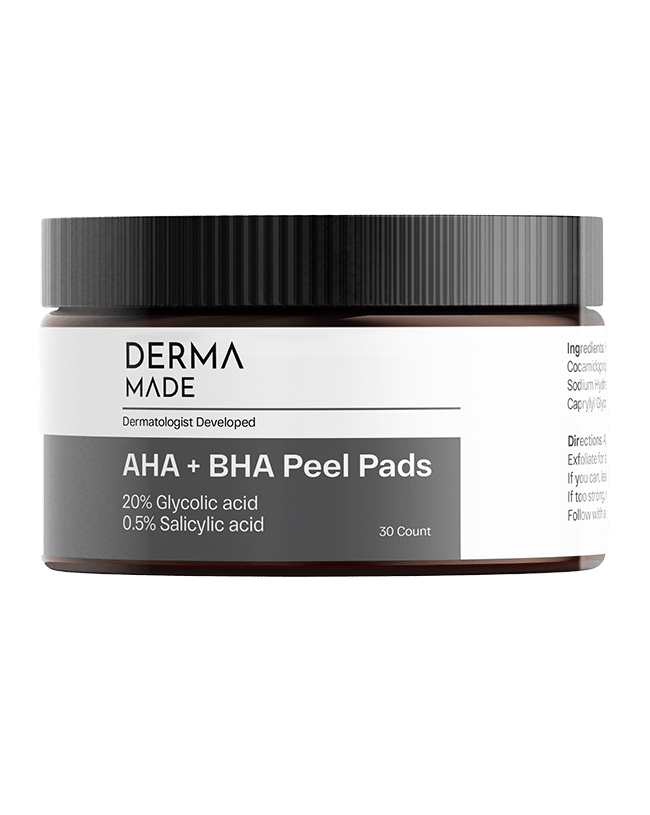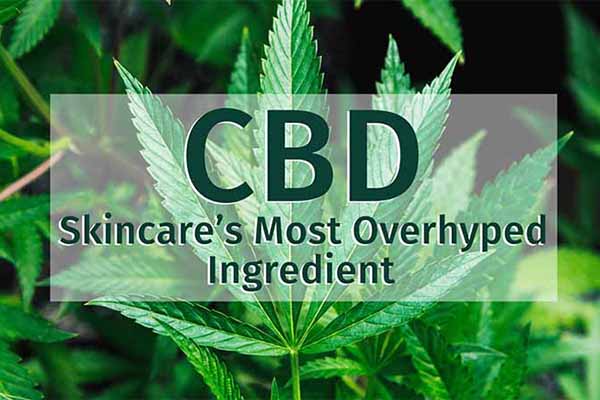Used correctly in a skincare routine, exfoliants (aka exfoliators) can help with acne, get rid of dark spots, and smooth out wrinkles. They also bring immediate brightness and a glow to your face.
What is exfoliation?
Exfoliation entails getting rid of dead skin cells and buildup on the surface of your skin.
What do exfoliants do for acne & problem skin?
Dead skin cells can clog pores which can lead to acne and other inflammatory breakouts. Along with regular cleansing, using an exfoliant is a great first line of prevention.
And what do exfoliants do for aging skin?
Exfoliation also encourages skin cell turnover, the process of old skin cells getting replaced with new skin cells. As part of the aging process, skin cell turnover naturally slows down. By using products that encourage it, you bring new, young looking skin cells to the surface.
What about dark spots & hyperpigmentation?
The buildup of melanin, the pigment causing dark spots & pigmentation issues is more prominent on the surface of the skin. Encouraging cell turnover also helps to fade pigmentation and uneven skin tone.
What types of exfoliants should I use?
The two most common methods are physical exfoliation and chemical exfoliation.
A physical exfoliant literally physically buffs all the dead skin cells away, plus gives you the satisfaction of feeling like you’re actually doing something. However, you’ve got to tread carefully when it comes to physical exfoliants—they’re not all made equal!
A chemical exfoliator instead relies on acids to dissolve the bond that holds dead skin cells together. Gently encouraging them to slough off the skin and reveal new, glowing skin underneath.
What are Physical Exfoliants?
Popular ones are coffee grounds and sugar for example. A controversial, yet common physical scrub ingredient is also walnut shells. They’re way too rough for use on the face, thanks to their jagged edges, and can cause microtears.
Physical exfoliants may work well for the body and for the feet. But they are often too harsh for the face.
What are Chemical Exfoliants?
There are two main types of chemical exfoliants, AHAs (alpha-hydroxy acids) and BHAs (beta-hydroxy acids).
The most common AHA is glycolic acid. It is popular among dermatologists for in-office chemical peels because it is strong and most therefore effective. It has a small molecule size, which penetrates the skin fast for quicker visible results.
There is only one BHA – salicylic acid. Salicylic acid is especially effective for oily and acne-prone skin. Because it can penetrate the oils that sit on top of the skin and break up fatty build up clogging pores. It basically de-gunks clogged pores.
How Often Should I Exfoliate
It depends on how strong your exfoliator is. As a general rule, 2-4 nights a week.
Apply the peel pads for a minute on clean skin. They will tingle. Rinse off. Follow with a moisturizer.
The Conclusion
Using an exfoliant is one of the few skincare rituals that gives visible results quickly. So it’s easy to see why people do it.
Add a chemical exfoliant to your skincare routine to fight signs of aging and acne prevention.









